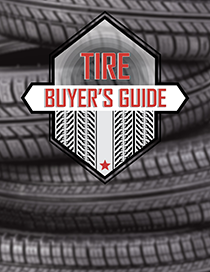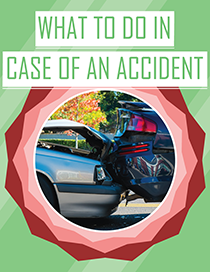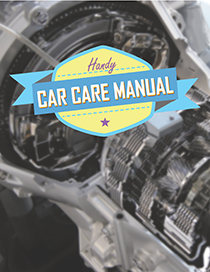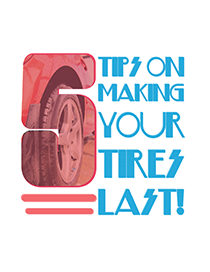Winter Driving Safety
Winter driving can present various challenges due to snow, ice, and cold temperatures. To ensure a safe and comfortable journey during the winter months, consider the following tips:
- Stay informed about weather forecasts along your route and at your destination. Plan your travel around favorable conditions and be prepared for unexpected changes.
- Ensure your vehicle is in good condition. Check the battery, brakes, fluids, lights, and other essential systems. Consider a winter maintenance check before the season begins.
- Use winter or snow tires for better traction on icy and snowy roads. Make sure they are properly inflated and in good condition.
- Reduce your speed and avoid sudden movements. Accelerate, brake, and steer gradually to maintain control on slippery surfaces.
- Leave more space between your vehicle and the one in front of you. This provides extra time to react in case of sudden stops or skidding.
- Use cruise control cautiously, especially on slippery roads. You want to have full control over acceleration and deceleration in winter conditions.
- Before driving, clear all snow and ice from your vehicle, including windows, mirrors, lights, and the roof. Snow on the roof can slide onto your windshield while driving.
- Turn on your headlights, even during the day, to increase visibility. This helps other drivers see you in low-light conditions and inclement weather.
- Understand your vehicle’s braking system. In the event of skidding, ease off the brake pedal rather than slamming it. If you have an antilock braking system (ABS), apply steady pressure and let the system do its job.
- Listen to weather and traffic reports for real-time updates. Be aware of road closures, accidents, and other potential hazards.
- Pack essentials such as blankets, extra clothing, non-perishable food, water, a flashlight, a shovel, and a first aid kit. Also, have a fully charged mobile phone and a car charger.
- Inform someone about your travel plans, including your route and estimated arrival time. This ensures that someone knows your whereabouts in case of an emergency.
- Keep your gas tank at least half full. This prevents fuel lines from freezing and provides a source of warmth in case you get stranded.
- Be especially cautious of black ice, which is difficult to see and can form on roads, bridges, and overpasses.
- If you start to skid, steer in the direction you want to go. Avoid overcorrecting, as this can lead to loss of control.
By following these winter driving tips, you can help ensure a safer and more comfortable journey during challenging weather conditions.







